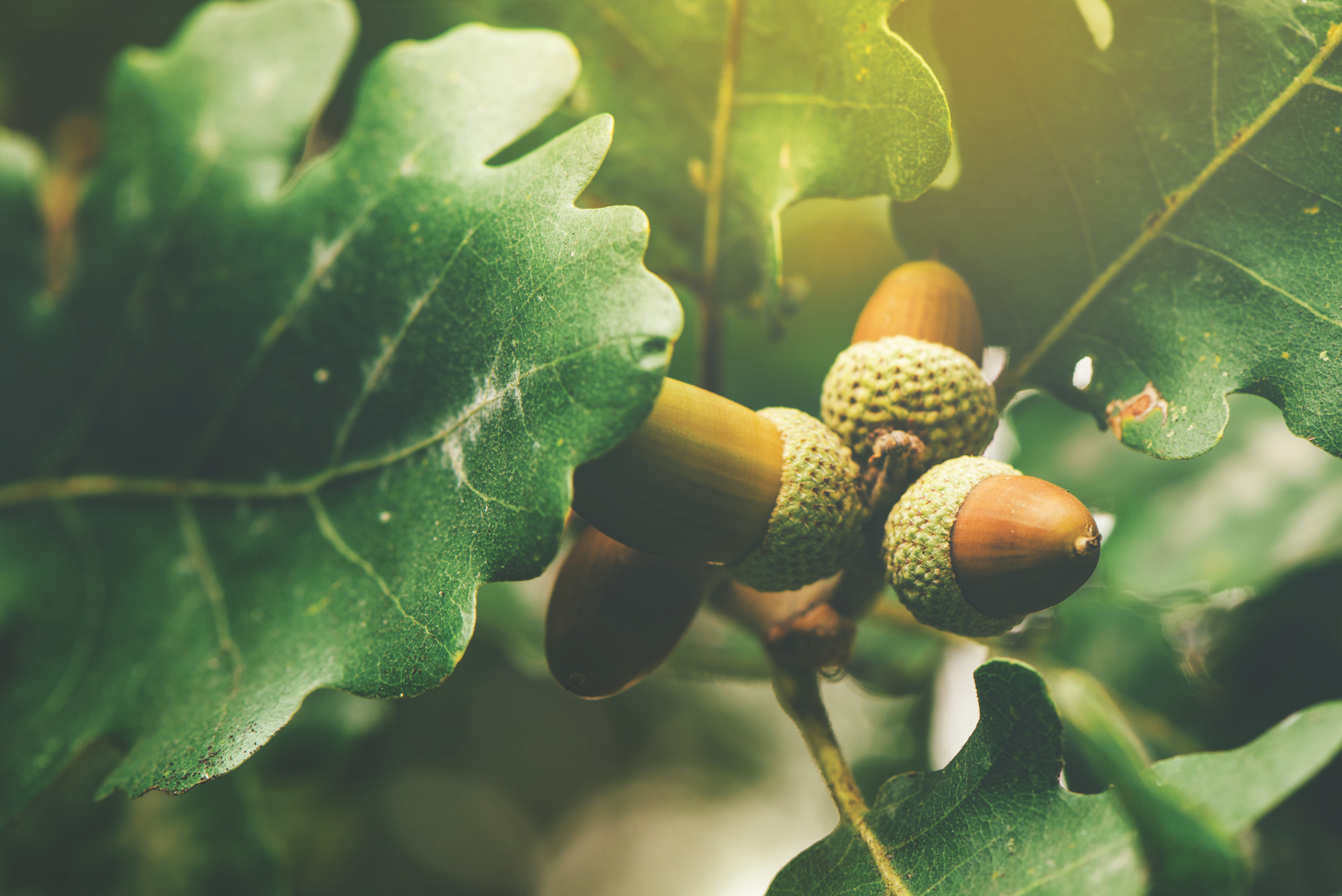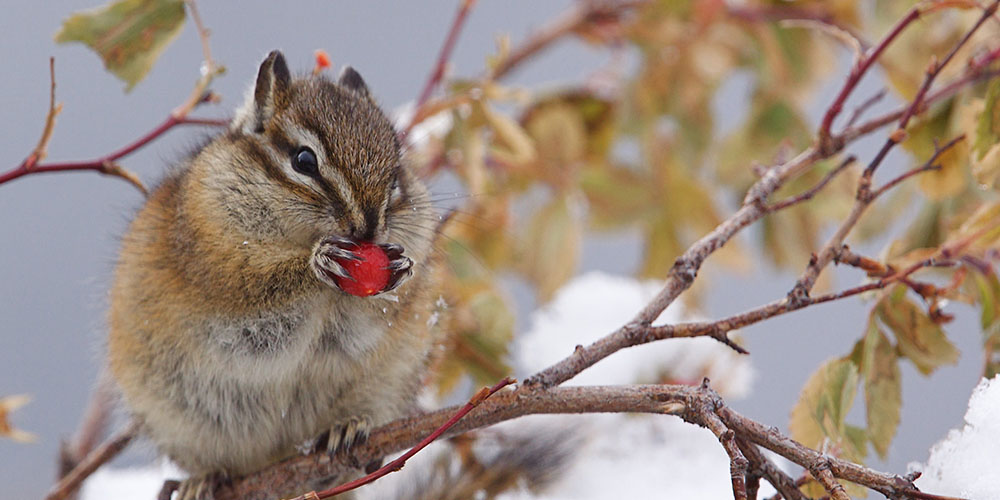A Tree’s Life
Students discover that trees have life stages that are similar to those of other living things. They discuss a tree’s role in the ecosystem at each stage of its life.
Objectives
Students will
- Model the life stages of a tree.
- Observe and compare trees at different stages of life.
- Make a diagram to show their understanding of a tree’s life stages and how they are similar to human life stages.
For the complete activity and more like this, purchase the Explore Your Environment: K-8 Activity Guide at Shop.PLT.org and/or attend a professional development training in your state.
Explore Your Environment: K-8 Activity Guide is a supplementary curriculum that is multi-disciplinary, with an emphasis on science, reading, writing, mathematics, and social studies.
Each activity displays explicit connections to practices and concepts expected by the following national academic standards so teachers can easily see where the materials will fit into their lesson plans:
- Next Generation Science Standards (NGSS)
- Common Core Toolkit, includes
- English Language Arts (CCSS.ELA)
- Mathematics (CCSS.MATH)
- College, Career, and Civic Life Framework for Social Studies (C3)
Our professional development further demonstrates these connections, as well as to state and local standards, contact your state coordinator.
Seed School
Seed School Grades K-2 Written by: Joan Holub Illustrated by: Sakshi Mangal Published by: Quarto Publishing Group USA, 2018 ISBN-13: 978-1633223745 Recommended Reading Spend a day at seed school and meet student seeds of all different shapes and sizes. Colorful illustrations showcase the biodiversity of the garden, while the story’s verse helps young readers... Read more »
EE Resources
Video Demo: Tree Lifecycle
Watch the Tree Lifecycle Demonstration video (10 minutes). In PLT’s Tree Lifecycle students discover that trees have a lifecycle that is similar to that of other living things. This video was developed by Anita Smith, PLT Facilitator in Maine.
Tree Rings Simulation
The science of tree rings is called dendrochronology. Tree rings help scientists learn about past climates by decoding tree ring patterns. Climate scientists use clues from ice cores, layered sediment deposits in lakes and seas, the structure of coral reefs, as well as tree ring sequences to learn about paleoclimates. The use of tree ring records... Read more »
Seed Racers
Are you looking for a fun and interactive way to teach your students about seeds? Why not have your students play the Seed Racers game? In this simple point and click style game, students learn about the types, features, and dispersal methods of many different kinds of seeds. Students work through multiple missions to collect... Read more »
Go Plant a Tree!
In this short video from PBS Plum Landing, see how students work with a local arborist to plant a tree in their community. Underneath the video, you’ll find some simple conversation starting questions and additional resources to inspire your students.
Living with Wildlife: Snags
What is a snag? How do dead and dying trees benefit the ecosystem? Learn how dead trees can actually provide more habitats for wildlife than when they are alive with Snags—The Wildlife Tree, published by Washington state Department of Fish & Wildlife. The article highlights species that use snag trees to survive, what kinds of... Read more »
The Science of Fall Leaves
The US National Arboretum has collected online resources on the science of fall foliage. Resources include “The Science of Color in Autumn Leaves,” which describes how and why leaves change color; an extensive photo gallery of trees in fall color; and a list of “Selected Plants Providing Colorful Autumn Foliage.”
Discover the Forest
A program of the Ad Council and U.S. Forest Service, Discover the Forest offers resources that help families discover nearby forests and provides tips on how to prepare for and enjoy outdoor adventures.
A Forest Year
Check out this video, which captures 15 months of a forest’s life. This 3-minute time lapse video was created from 40,000 photographs. Photographer Samuel Orr took pictures out of the same window in his home to create this forest montage. This forest snapshot is just outside of Bloomington, Indiana and was photographed between 2006 and... Read more »
Think Garden Video Series
This Think Garden video collection was produced by Kentucky Educational Television for elementary students as a teaching tool about growing food and all elements around food gardening. Consider using it to support PLT GreenWorks! or GreenSchools projects as we enter the growing season.
The Hopeful Story of American Chestnut Recovery
This video blog post from Go Wood presents a clear summary of what happened to the American Chestnut (Castanea dentata), what is being done in the scientific realm to make a recovery of the species possible, and how you can help bring the American Chestnut back to the American forest. Go Wood seeks to educate people... Read more »
IMOLD: The Interactive Model of Leaf Decomposition
This University of Toledo project intended for grades 9-12 teaches students about leaf litter decomposition and how it relates to the Earth’s carbon cycle and climate. Using interactive tools, the website allows students and teachers to create their own animated models that display tree leaf litter decomposition rates for species of their choice and compare... Read more »
EasyMeasure
A free app that can be downloaded onto Apple devices (SmartMeasure for Android). EasyMeasure uses the height of the camera lens and its tilt angle to calculate the distance to objects of your choice. Simply aim your mobile device at any object, and this app displays the distance towards that object on top of the... Read more »
Login to download supporting materials such as appendices and teaching tips.
Login
 Get this Guide
Get this Guide
 Find Training
Find Training


